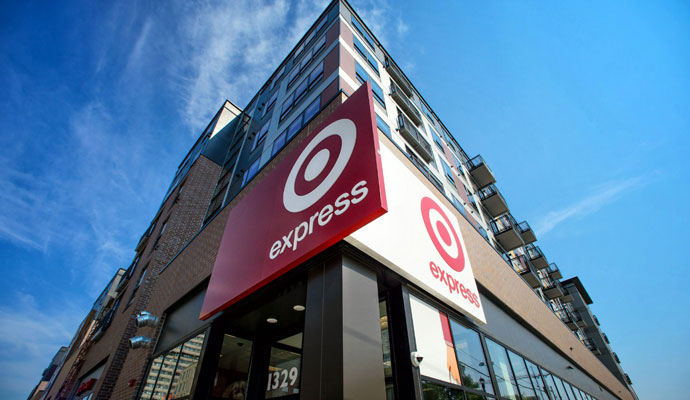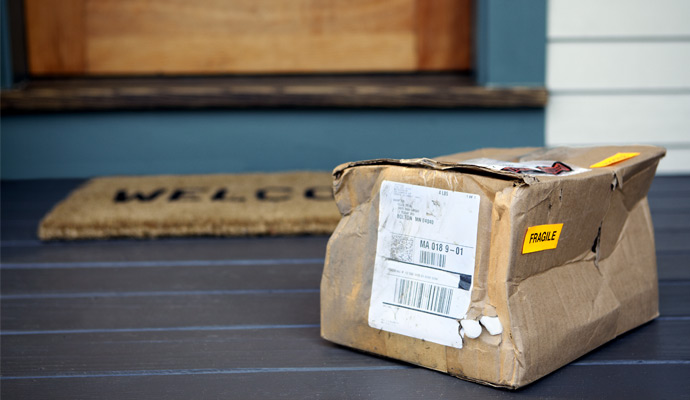Online Retailers, Shipping Fees, and the Bottom Line
How the interplay between delivery charges and product prices maximizes profits.
Title: Pricing for Shipping Services of Online Retailers: Analytical and Empirical Approaches (Subscription or fee required)
Authors: Yuliang Yao (Lehigh University) and Jie Zhang (University of Texas at Arlington)
Publisher: Decision Support Systems, vol. 53, no. 2
Date Published: May 2012
Internet retailers strategically manipulate their base and shipping prices, as well as the delivery options they offer to customers, to maximize profits and gain a competitive advantage, this paper finds.
Online retailers that offer free shipping tend to charge higher base prices for their products, for example, showing that free shipping is often used as a loss leader to attract more customers at higher profit margins. Meanwhile, retailers with a record of delivering their merchandise on time also charge higher base prices but impose lower shipping fees compared with companies that have a poor delivery history. And by adjusting shipping times within a variety of delivery options, some reliably punctual retailers increase their fees for quick delivery service — even as they continue to charge more for their products.
Strategically allocating the total price between the product and its shipping fees is an effective marketing strategy that Internet retailers use to attract customers in an increasingly competitive environment, the authors write. This study is one of the first to explore how companies develop this tactic to improve their viability and profitability.
When delivering merchandise, retailers can (1) offer free shipping by subsidizing the cost themselves, (2) share some of the cost with customers, or (3) turn a profit by charging shipping fees in excess of the actual delivery cost. Because shipping fees are considered the main reason that online consumers cancel their purchases and abandon their virtual shopping carts, charging the appropriate amount is an important mechanism for online retailers to use to attract shoppers and differentiate themselves, the authors write.
For example, leading online retailers such as Amazon and Buy.com have instituted a free-shipping policy with a minimum order amount, as have Walmart and eBay. In contrast, the now-defunct CDnow.com tried to make money through delivery. The company charged US$3 for the first item shipped and $1 for each additional product, which yielded a profit margin of about 15 to 20 percent, similar to what the sale of a CD would bring. Others, such as the accessories clearinghouse Ashford.com, charge precisely the cost of shipping in an attempt to gain customers’ allegiance and trust.
To understand how companies devise the best approach, the authors first developed an analytical model that measured the effects of purchase prices, shipping options, and on-time delivery on the relationship between Internet retailers and consumers. Then they validated the results of the model with an empirical analysis of data collected from Internet vendors selling products from two popular categories: digital cameras and video games.
The authors examined a week’s worth of data from 2005 for the two categories, with digital cameras representing high-end products and video games representing the low end. They looked at the 10 best-selling products in both categories at the time, as ranked by CNET, and tracked 80 Internet retailers that carried them in the United States.
From the retailers’ websites, the authors collected information on base prices, delivery options (including shipping price and estimated time of arrival), and the availability of free shipping, as well as such control variables as whether the retailers also operated physical stores.
The authors gauged the retailers’ probability of achieving on-time delivery by using customer ratings at BizRate.com. The rating on arrival time reflects the companies’ ability to fulfill orders capably in terms of order processing, product handling, and inventory maintenance.
The authors clustered the most extreme companies into two groups: “good” Internet retailers, which had the highest on-time probability, and “bad” ones, which had the lowest. The average rating of on-time probability for good retailers, on a scale of one to 10, was 8.97, significantly higher than that of the bad retailers, 7.98.
The base prices for the good and bad retailers were 0.31 percent higher and 2.07 percent lower, respectively, than the average of all retailers in the study. But the average shipping prices for good retailers were lower across three options (ranging from standard ground delivery to overnight). For the slowest delivery options, the good retailers’ fee was 24 percent lower than the average of all retailers, whereas the less reliable retailers charged 11 percent more than the average.
One reason for the disparity could be that Internet retailers with a lower likelihood of delivering products on time are less established and have a smaller advertising budget, so they have to offer a lower base price to initially attract consumers. But they are not able to subsidize shipping, so they charge higher delivery prices.
“This may also represent an attempt by the lower on-time probability Internet retailers to exploit the possibility of profiting from charging higher shipping prices that will not be refunded if the product is eventually returned,” the authors write.
But in examining the pricing of various shipping options — for example, three- to five-day ground service versus overnight service — they found that some Internet retailers manage their options as a bundle to boost their bottom line. Reliably prompt retailers charge less for shipping overall, but they also offer a smaller time gap between shipping options, giving them a way to charge more at times.
For instance, the authors note, some Internet retailers choose to increase the delivery time for the slow option without reducing the corresponding shipping price, in effect making the fast mode more appealing to customers. These companies can then raise their charges for the fast mode and make more money from shipping, even though they are not getting their products to the customer any faster via the speedy option than before.
“Internet retailers, dependent on their on-time probability, can strategically pace their different menu of shipping time[s] and charges to maximize profits,” the authors conclude.
Bottom Line:
Many Internet retailers deliberately manipulate base product prices and shipping charges to attract customers and benefit their bottom line. Some subsidize their free shipping services by charging higher prices for the product itself; others, with a track record of delivering purchases to customers on time, increase profits both by charging more for products and by adjusting their menu of shipping options and fees.



